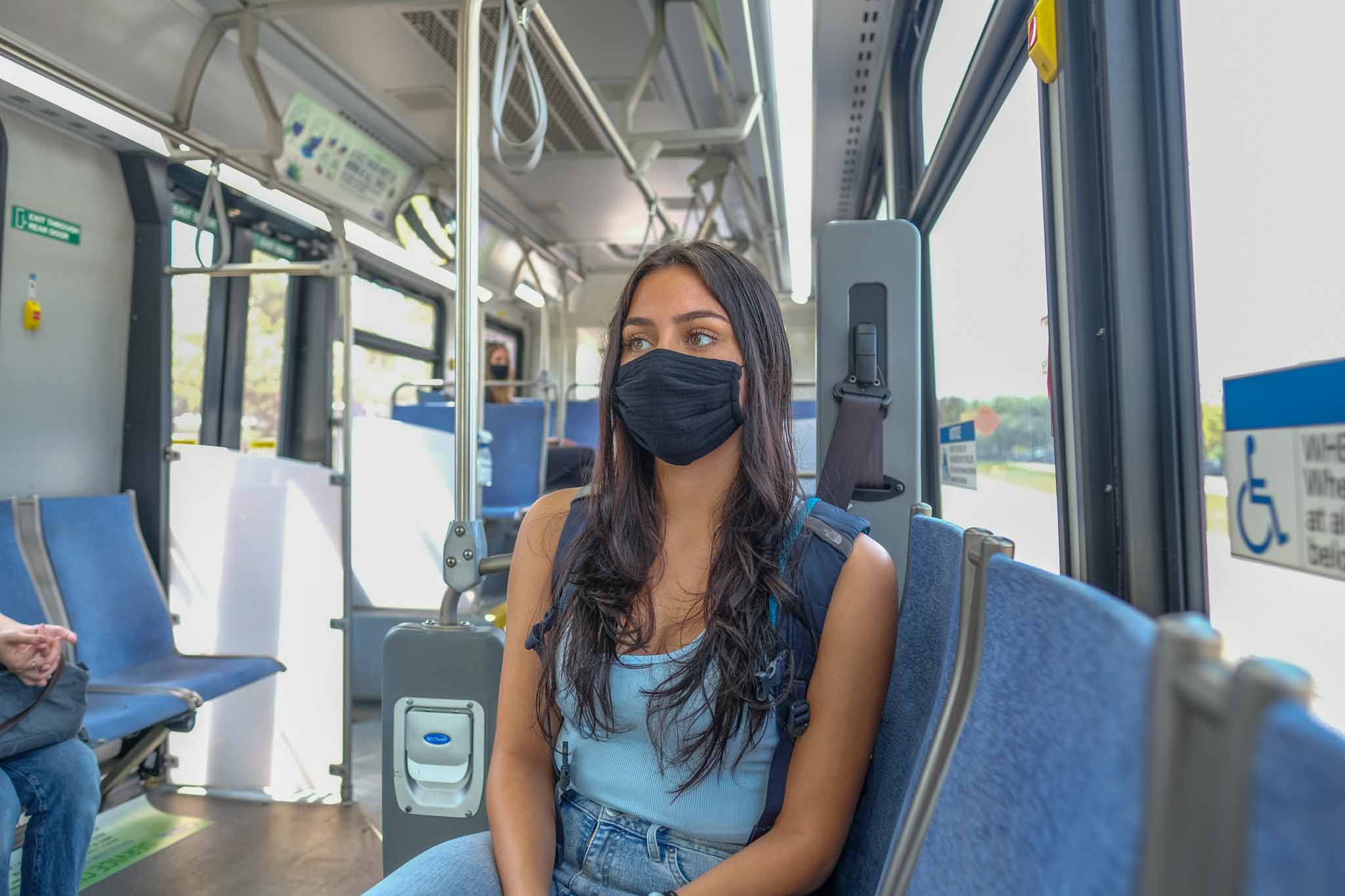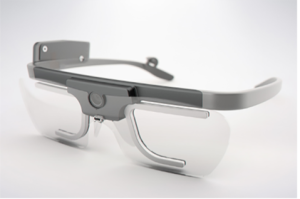How Consumer Behavior Adapted with COVID-19

Faculty Insights With AD+PR Professor, Dr. Patricia T. Huddleston
By: Becca Wyne
Masked Photo Credit: Michigan State University
There has been a high level of uncertainty in the world since the emergence of COVID-19. As a result, we have been forced to change how we learn, socialize and shop.

In the retailing industry, consumer behavior research helps us understand why people shop the way that they do. Department of Advertising + Public Relations professor, Dr. Patricia Huddleston, suggested that consumer behavior changed as people became accustomed to the pandemic.
Huddleston received her Ph.D. in retailing and consumer behavior from the University of Tennessee, Knoxville. Her areas of research include the evolution of retail systems, consumer behavior in transition economies, and eye-tracking technology to evaluate consumer information processing and purchase intention.
The start of the pandemic was characterized by lockdowns, shelter-in-place orders, and travel restrictions. According to Huddleston, at the beginning of COVID-19, people participated in utilitarian shopping for essential products that were functional to everyday life. Items such as toilet paper, hand sanitizer and cleaning supplies were high in demand. Consumers began to hoard these items out of fear and anxiety associated with the pandemic. Consequently, retailers faced shortages in essential products and had to limit the quantity customers could purchase in a transaction. This led to insecurity among customers about when a product would become available again.
“It [COVID-19] was like a tsunami for retailers,” Huddleston said.
Over the course of the pandemic, people adjusted and restrictions were lifted. As a result, consumers’ behavior was focused on hedonic shopping for items that offered comfort and pleasure. For instance, there was a rise in popularity of items like athleisure and in-door shoes since people spent more time at home. Online retailers started to offer a variety of options for the consumer, such as free delivery and at store pick-up for consumer convenience. With Huddleston’s expertise, she thought these improvements in online retailers led to an increase in purchasing online.
In line with Huddleston’s research on point-of-purchase in 2020, she found that the most critical element of purchasing an item is looking away. Many may believe that looking away from an item can result in a loss of interest. However, Huddleston found that looking away gives the brain time to cognitively process information to make a purchase decision.

Understanding consumer behavior is key for retailers to be successful. The initial cues a consumer notices when deciding whether to purchase an item is quality and price. However, distractions such as other shoppers, phones and masks can hinder the shopping process. This information helps retailers organize displays and design websites to maximize sales.
Michigan State University offers a variety of consumer behavior classes that can complement an AD+PR degree. Classes for undergraduate students include ADV 334: International Advertising and ADV 375: Consumer Behavior. ADV 823: Consumer Behavior and Consumer Behavior Theories is available for master’s students. Although these classes are not required for an AD+PR degree, they can help students better understand how advertising and public relations influences consumers’ buying decisions and fill in the gaps to meet consumer expectations.














